Optimal Seasons for Roofing Services
Scheduling roofing services involves considering seasonal weather patterns and temperature conditions. Optimal times typically include late spring through early fall when weather is more predictable and conducive to safe, effective work. Proper timing can influence the quality and longevity of roofing projects.
Spring offers moderate temperatures and longer daylight hours, making it suitable for roofing repairs and replacements.
Summer provides warm weather, but high temperatures and storms can delay or complicate roofing work.
Early fall is ideal due to cooler temperatures and less rain, allowing for thorough work before winter.
Winter is generally unsuitable due to cold temperatures, snow, and ice, which can hinder roofing projects and affect materials.
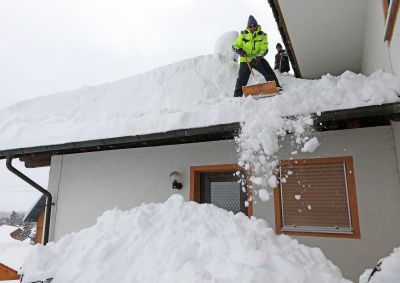
Spring weather facilitates efficient roofing work with minimal weather disruptions.
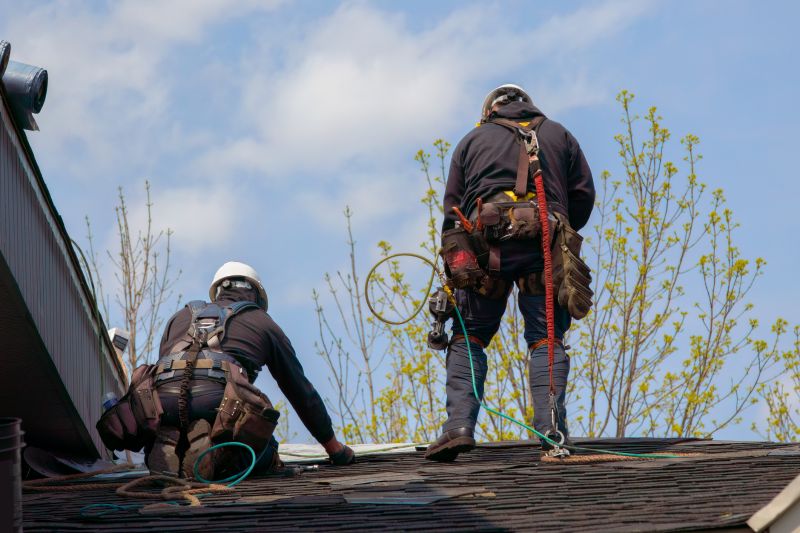
Warm summer days are suitable for roofing but require planning around heat and storms.

Fall provides ideal conditions for roofing before winter sets in.
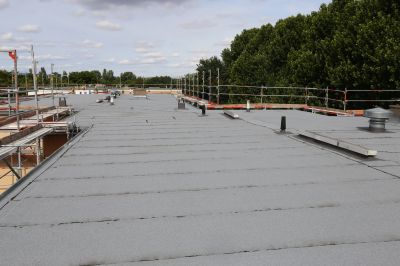
Ways to make Roofing Service work in tight or awkward layouts.

Popular materials for Roofing Service and why they hold up over time.
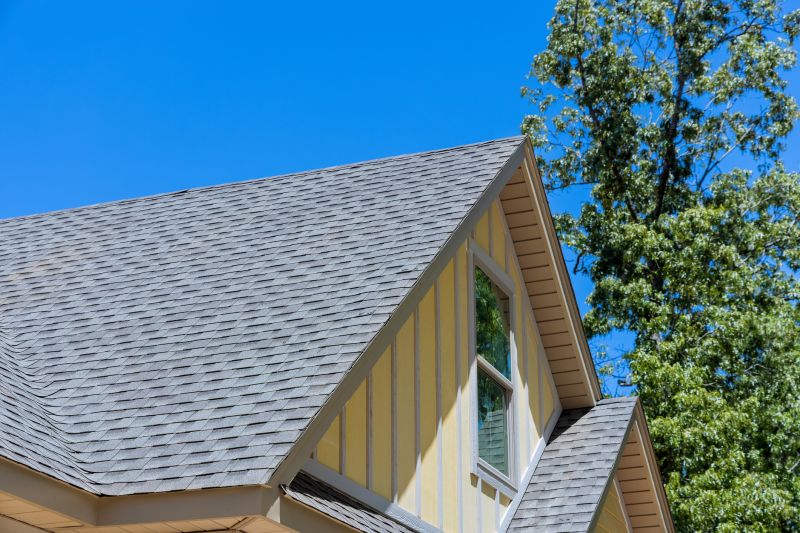
Simple add-ons that improve Roofing Service without blowing the budget.
Roofing services encompass a range of activities including repairs, replacements, and inspections. Proper timing ensures that these services are performed under optimal conditions, reducing risks and improving durability. Accurate scheduling based on seasonal weather patterns can extend the lifespan of roofing systems and prevent costly damages.
Statistics indicate that roofing projects completed during favorable weather conditions tend to have fewer issues and longer-lasting results. For example, projects done in spring and fall often experience fewer delays and better adhesion of materials. Planning ahead for seasonal windows can result in more efficient and successful roofing outcomes.

Properly timed roofing work ensures quality installation and durability.

Optimal timing contributes to long-lasting roofing solutions.
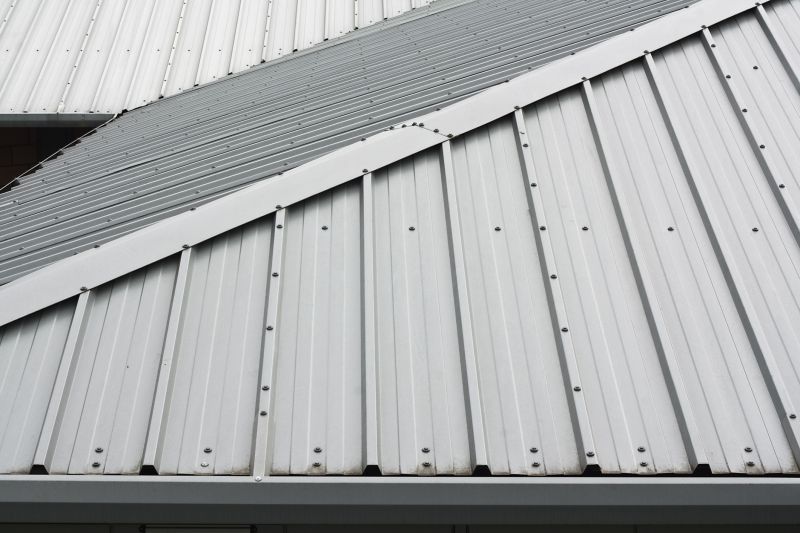
High-end options that actually feel worth it for Roofing Service.

Finishes and colors that play nicely with Roofing Service.
Yes, late spring through early fall is generally preferred for roof replacements due to favorable weather conditions.
Winter is typically not suitable because cold temperatures and snow can hinder installation and affect material performance.
Planning should begin several months in advance to align with optimal weather windows and scheduling availability.
Signs include leaks, damaged shingles, and age-related wear. Prompt scheduling helps prevent further damage.



